
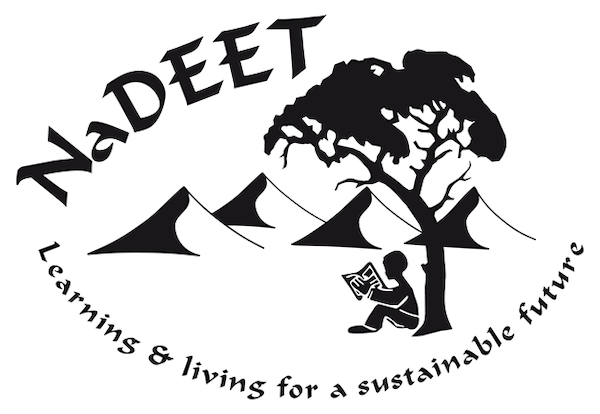
Namibian Teachers become pioneers of Education for Sustainable Development
7th December 2022
To address the climate crisis, biodiversity loss, and other environmental destructions, each person must start living a more sustainable life. Education for Sustainable Development (ESD) teaches environmental values and the need for sustainable lifestyles to both children and adults. The Namib Desert Environmental Education Trust (NaDEET) has been teaching and instilling environmental values in Namibia and beyond for almost 20 years, but we cannot do this alone. We need a network of teachers across the country who are willing and able to integrate ESD into their lessons, both inside and outside of each classroom.
The National Environmental Education and Education for Sustainable Development Policy, instituted in 2019 as a first of its kind in Southern Africa, highlights training and capacity building in ESD (across all sectors) as one of the main strategies for addressing sustainable development challenges and working towards the United Nations Sustainable Development Goals (SDGs). The policy further aims to deliver Quality Education (SDG 4) by providing learners with the knowledge and skills essential to cultivate a more sustainable future.
Aligned with this national policy, NaDEET's new professional development programme, Teach for ESD: improving Education for Sustainable Development (ESD) teaching and learning experiences in Namibia,
identifies teachers as the change agents in their schools and communities. It aims to foster a more sustainable world by inspiring our future leaders with a stronger ethos for nature. The programme focuses on empowering passionate teachers with ESD knowledge and skills, providing resources, practical training, and support as they implement ESD activities at their schools.
The Teach for ESD programme launched in January 2021, receiving nearly 1000 applications from teachers across the country – the turnout exceeded expectations! Any Namibian teacher could apply, so long as they had a partner from their school, a supporting letter from the principal and a passion for learning about the environment. A total of 240 applicants, chosen in pairs from 120 schools and from all 14 regions, were accepted into the programme to begin – or in many cases continue – their ESD journey. According to feedback from one of the teaching groups, It has empowered and taught teachers from all corners of the country, therefore improving Namibia as a country.
Our training is based on the NaDEET Teach for ESD Toolkit, which provides a foundation for teachers by providing them with existing resources from local and international sources that are relevant to learning and teaching ESD in Namibia. The Toolkit is divided into several modules, which are then linked with the practical training sessions provided during the programme.
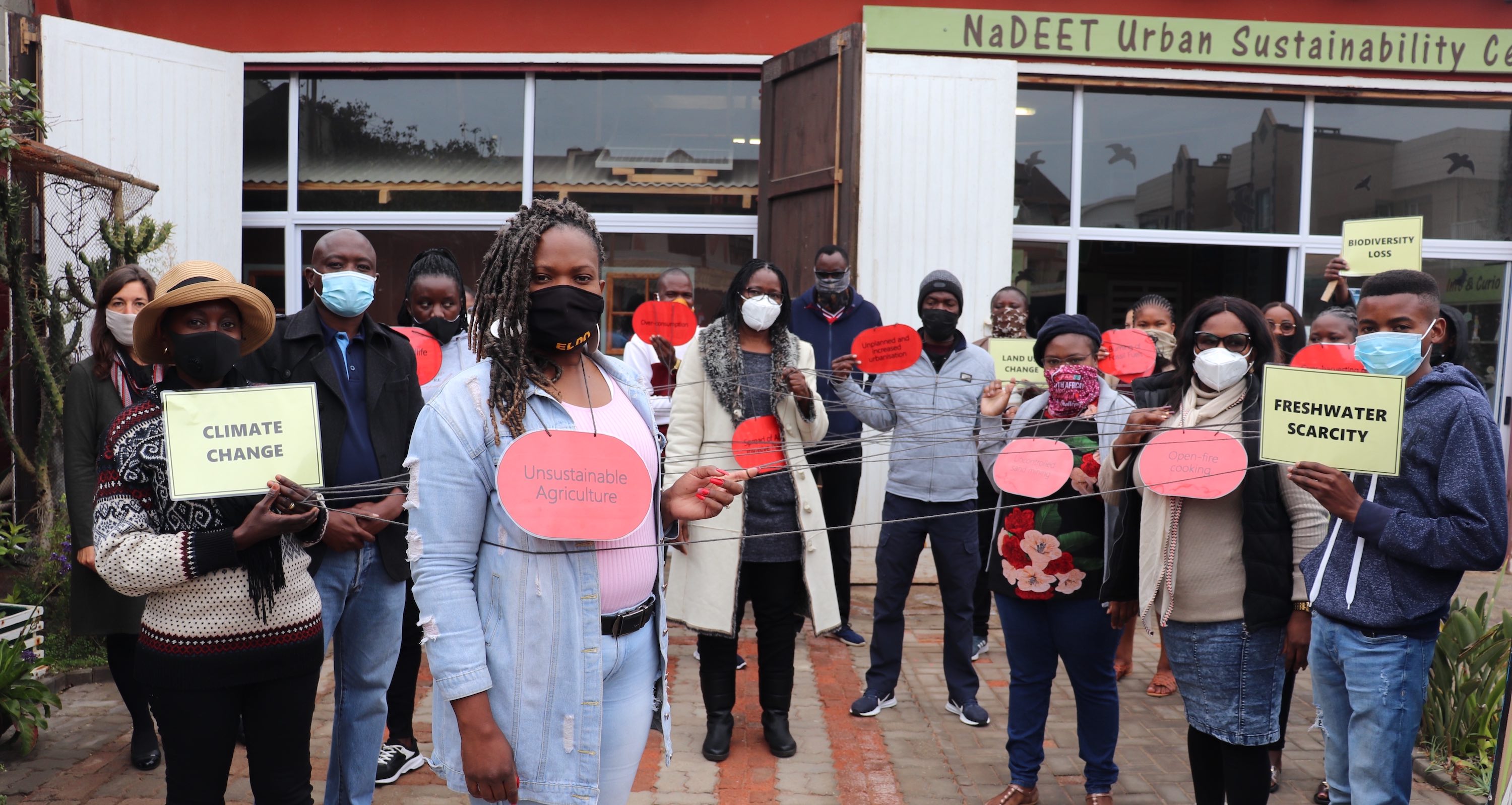
Centre-based training
After several postponements due to COVID-19, NaDEET was finally able to host the Teach for ESD training sessions between August and November 2021. Each training session was provided to approximately twenty participants at a time, selected from a variety of regions to promote networking among teachers from different parts of the country. Six training sessions were held at the NaDEET Centre on NamibRand Nature Reserve and six at the Urban Sustainability Centre in Swakopmund. Teacher partners from the same schools attended different centres to maximise exposure and learning opportunities.
The aim of the centre-based trainings was to bring ESD theory alive through activities, field excursions, and practical application. Sessions were directly linked to the Teach for ESD Toolkits 1 & 2 – equipping them with environmental knowledge and developing ESD competencies such as systems thinking and action learning. Teachers became learners during these sessions, each bringing their own experiences to share as they cultivated a more empathetic approach to the environment and courageous capacity to protect it.
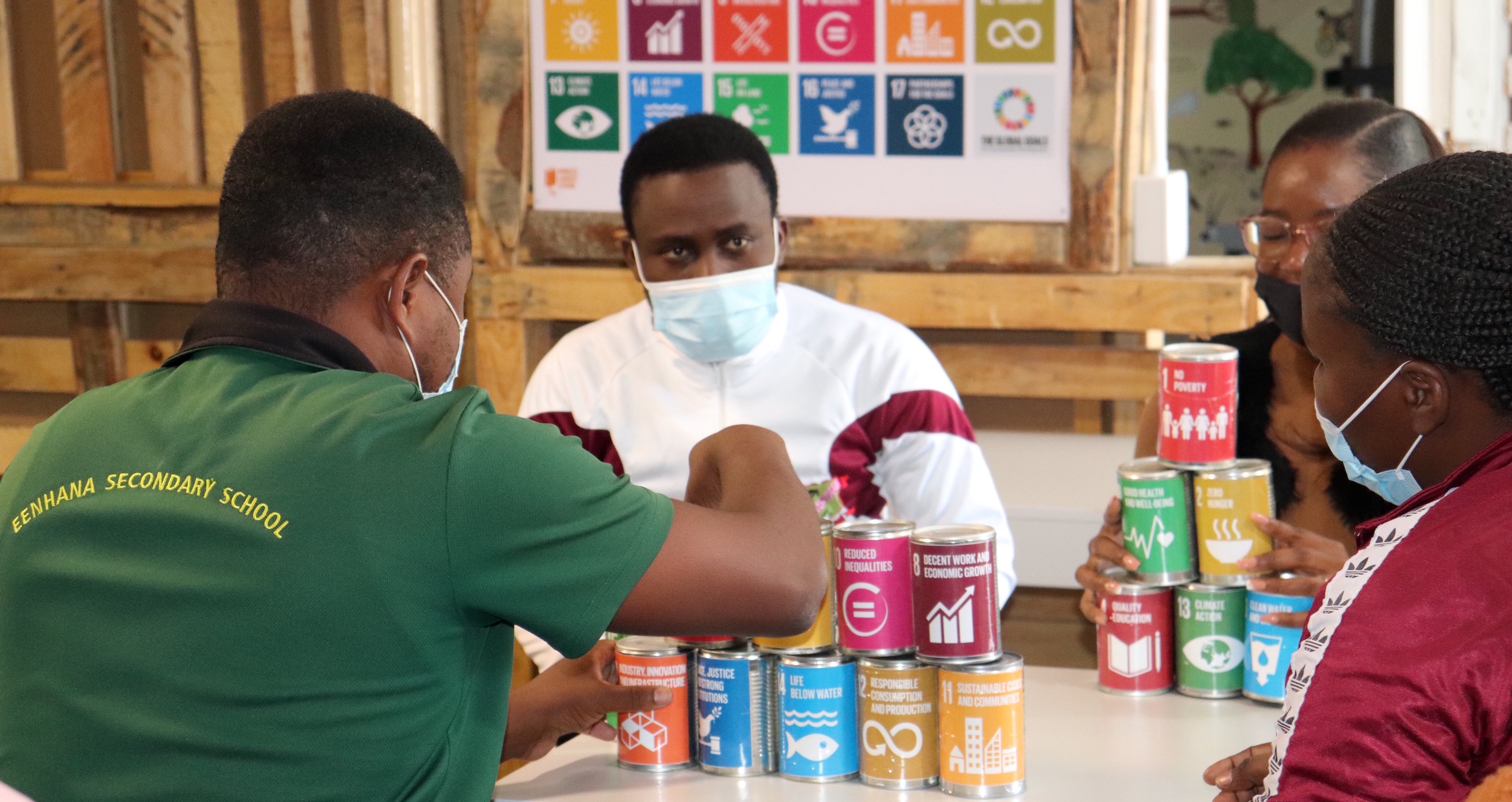
The final sessions focused on the 'Let's Get Practical' section of the Teach for ESD Toolkit 3, which outlines the implementation phase of the programme, preparing teachers for action! Through practical games, such as the Wicked Web of Environmental Problems, participants made connections between various environmental issues, such as how deforestation can lead to biodiversity and habitat loss, which can lead to land-use change, and these jointly contribute to global warming. Said one of the teachers on the course, It really helped me understand the relationship between the natural environment and the living organisms that exist in it.
Realising the urgency of addressing the environmental crisis – that we need to drastically reduce our greenhouse gas emissions and conserve and restore biodiversity – they were eager to learn about how they could help address the problem as teachers. Activities focused on solutions through the lens of the Sustainable Development Goals, with practical lessons intended to inspire the participants and serve as examples that they can replicate at their schools.
At the NaDEET Centre on NamibRand, participants made recycled fireballs, cooked with solar ovens, audited their energy, waste, and water uses, learned about establishing a food garden and compost system, and identified desert biodiversity during a nature walk.
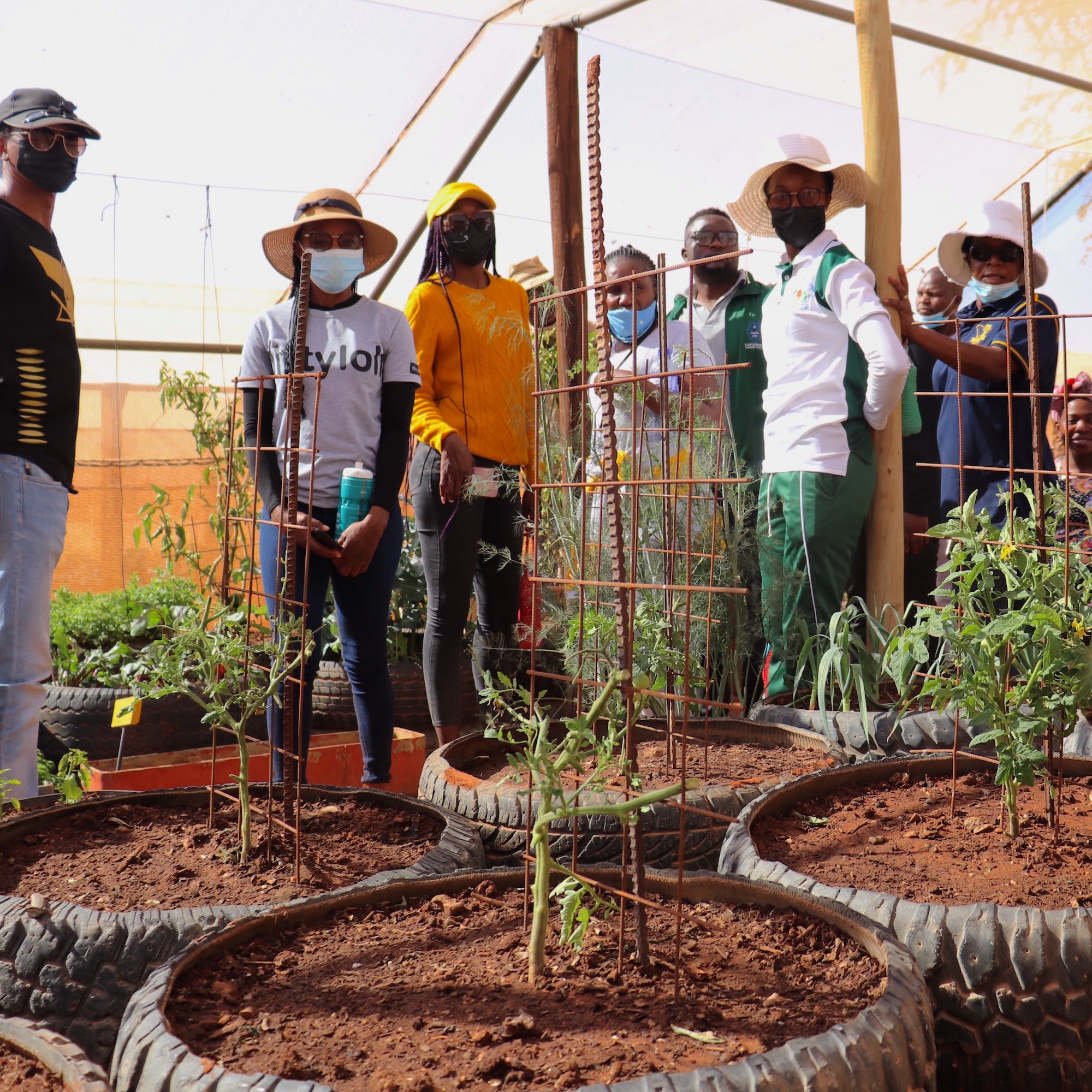
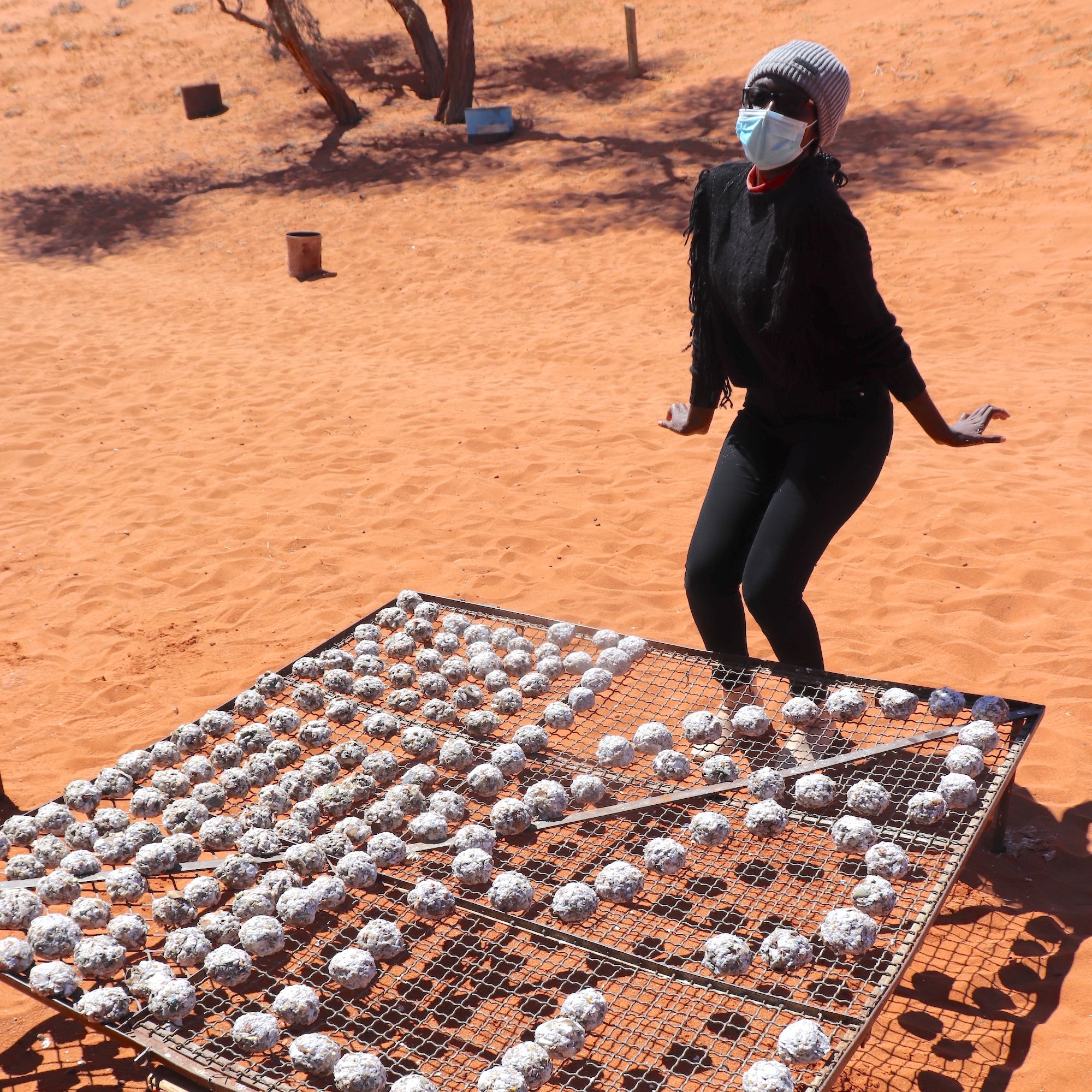
At the Urban Centre, participants focused on SDG 11: Sustainable Cities and Communities, recognising how the SDGs interact and impact society. Activities included an urban walk, exploring sustainable food consumption with the challenge to buy local, zero-waste products, and an excursion to either the Community Skills Development Centre (COSDEC) Agriculture Project or the Erongo Desalination Plant.
After the centre-based trainings, teachers returned to their schools ready to begin implementing ESD activities with learners, other teachers, and their communities. It really helped us as teachers to understand the problems that the earth faces and to come up with amicable solutions,
said one of the participants in the course.
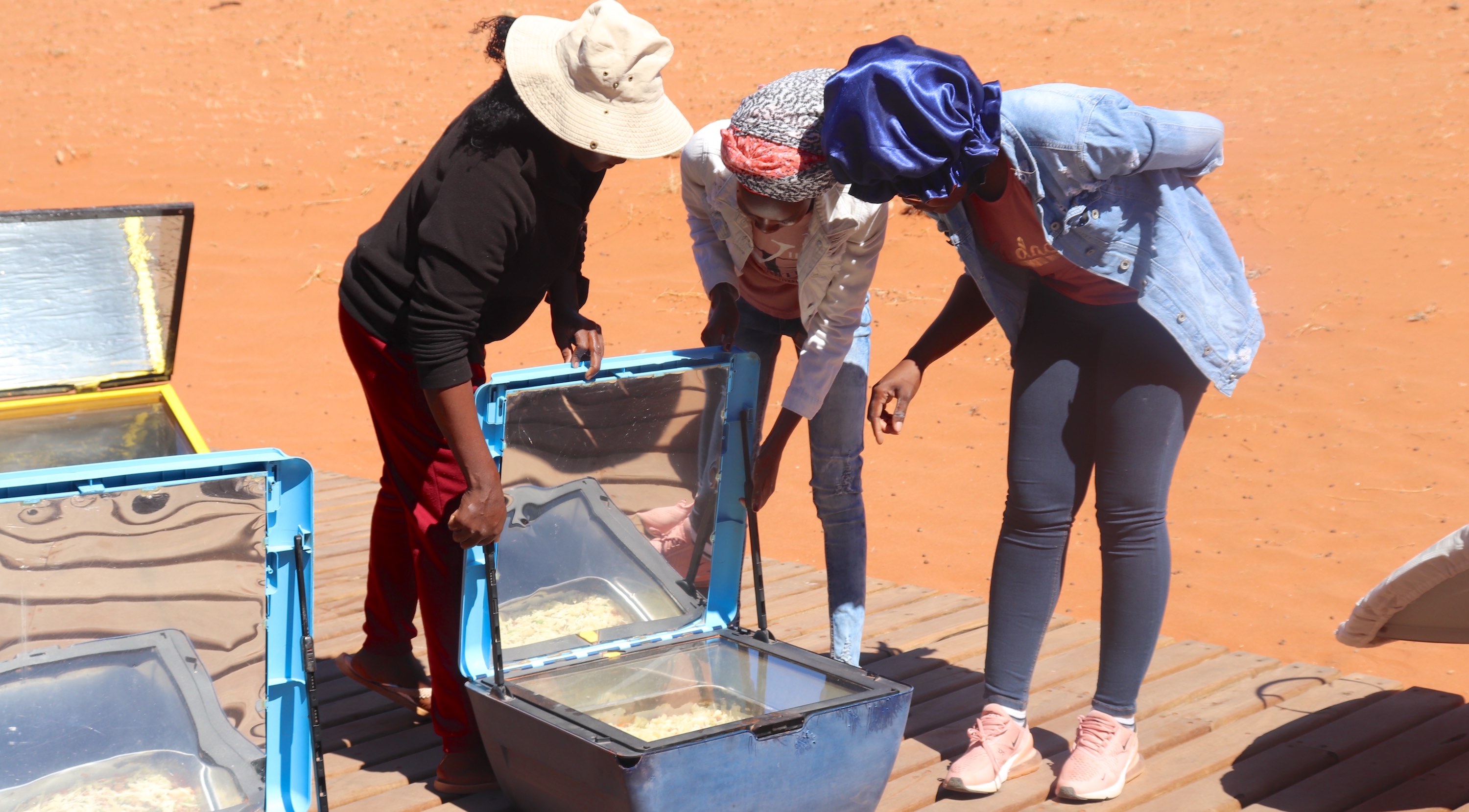
Support and Collaboration after training
Teach for ESD is designed to support teachers. As is the nature of ESD, collaboration is important, to learn from one another and grow together.
NaDEET advisors foster participation, sharing, and learning among participants through WhatsApp Groups established for each regional cluster. These social platforms are a portal for providing information and content, promoting activities, and overcoming obstacles that teachers encounter in their daily work. It is a place to celebrate the environment and the teachers on a daily basis! One of the teachers reflected, It was a light bulb moment for me as I have learned a lot in unexpected ways. Sharing of ideas with the groups was exceptional and I was surrounded by colleagues with knowledge.
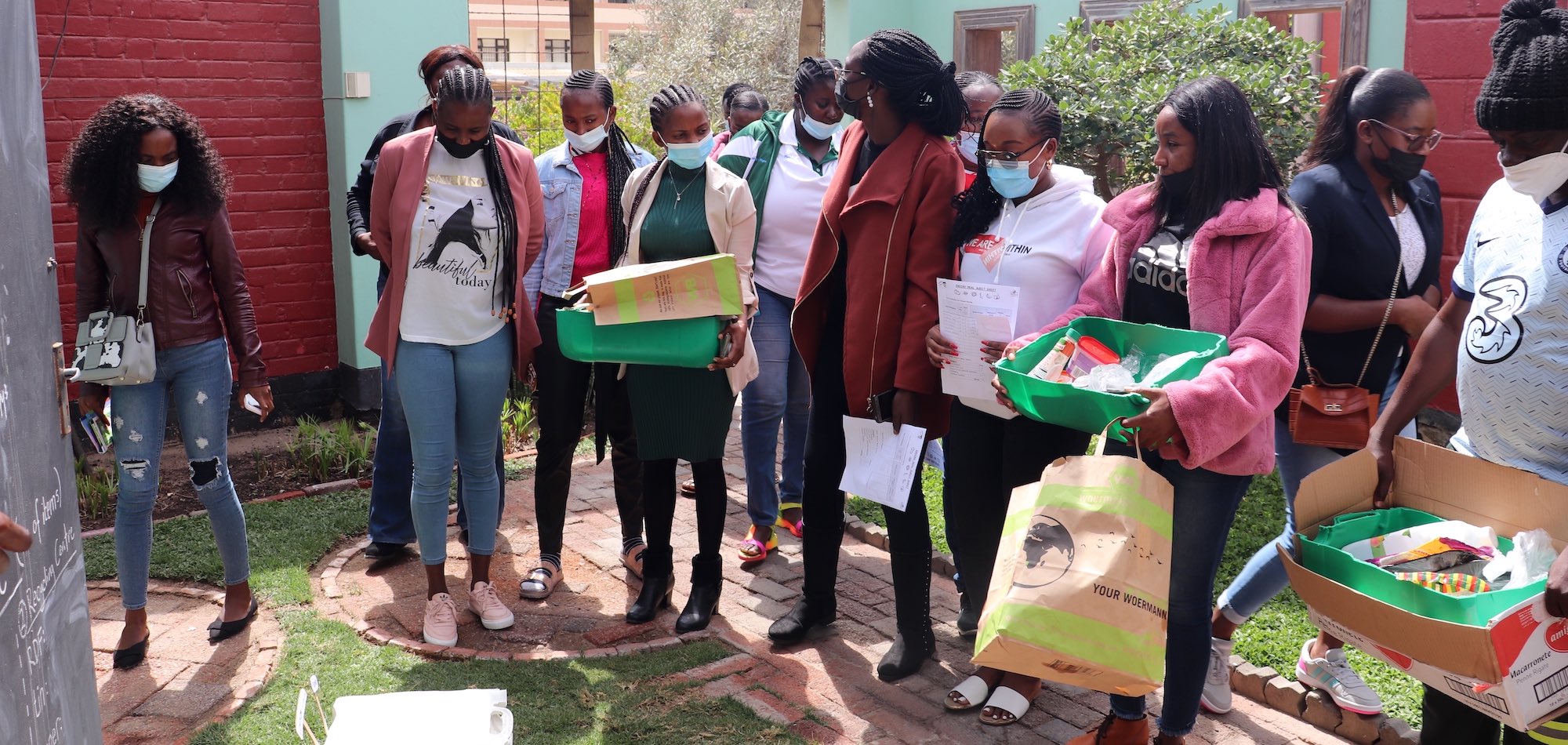

Further support, professional development and networking opportunities are provided through two-day regional workshops during April and May 2022 after the teachers have had a chance to implement ESD activities at their schools. These workshops brought together partners and other participants from their respective regions. The workshops were held at environmental educational centres around the country, thus introducing teachers to centres that are relatively close to their schools.
During the workshops, the teachers have an opportunity to reflect on their work and to ask the question, am I really doing ESD?
NaDEET educators guided participants through planning and evaluating activities, sharing ideas and success stories.
Teachers brainstormed how to incorporate ESD into their subjects, such as how to teach about nature in Languages, Mathematics, or History. Sessions encouraged teachers to reflect deeply on their activities and the underlying environmental ethics that they were conveying to their learners. Stated a teacher from the Kunene Region, The setup of the workshop is so mind-opening and it gives one a great guide on how to carry these activities out with full consciousness of 'why?'
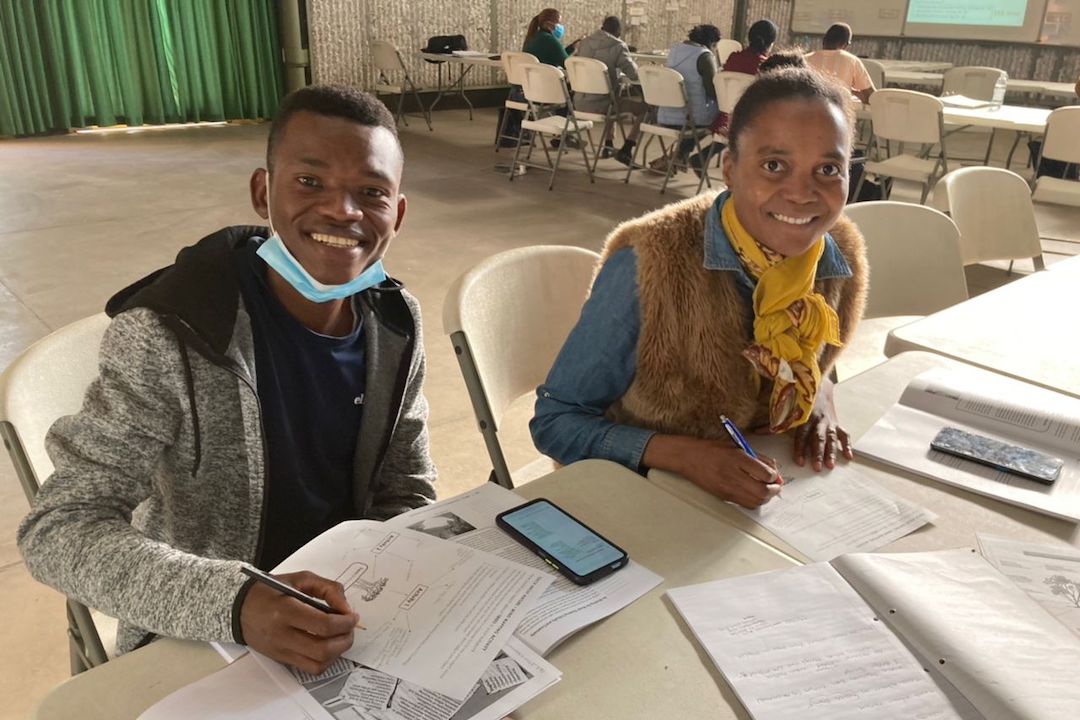
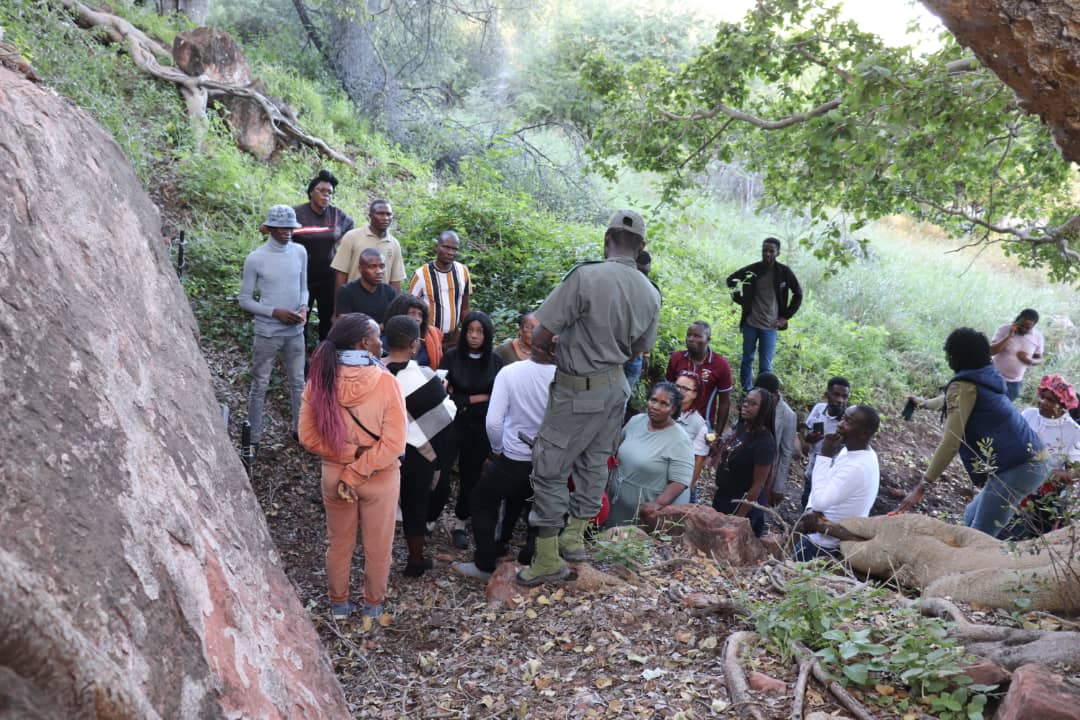
Implementing ESD activities
The key outcome of the programme is that teachers start integrating ESD activities at their schools. These activities are relevant to their own setting, identified needs, and interests. The Teach for ESD Toolkit outlines a variety of ESD activities, which are grouped into 10 different practical implementation areas. Teachers can receive an ESD Badge for each completed activity in any of these areas.
By February 2022, nearly 80 participants applied for over 100 badges, indicating that they had completed one or more of these activities. This system creates a continuous assessment process by which teachers can monitor their progress and celebrate their successes. For NaDEET, it reflects our approach to learning and evaluation.
A teacher from the Oshikoto Region reflected on the importance of the badge system: I am given the opportunity to find out that the activities I am doing to my environment are okay and I am getting the feedback from the NaDEET team about my badges.
Similarly, a teacher from the Khomas Region explained, There is actually a lot that one can do to apply for badges. And I was inspired by other teams on what they have done so far.
Teachers can earn the 'Teach an ESD Lesson Plan' badge by introducing learners to the Sustainable Development Goals. This sets a good basis for many other ESD activities.
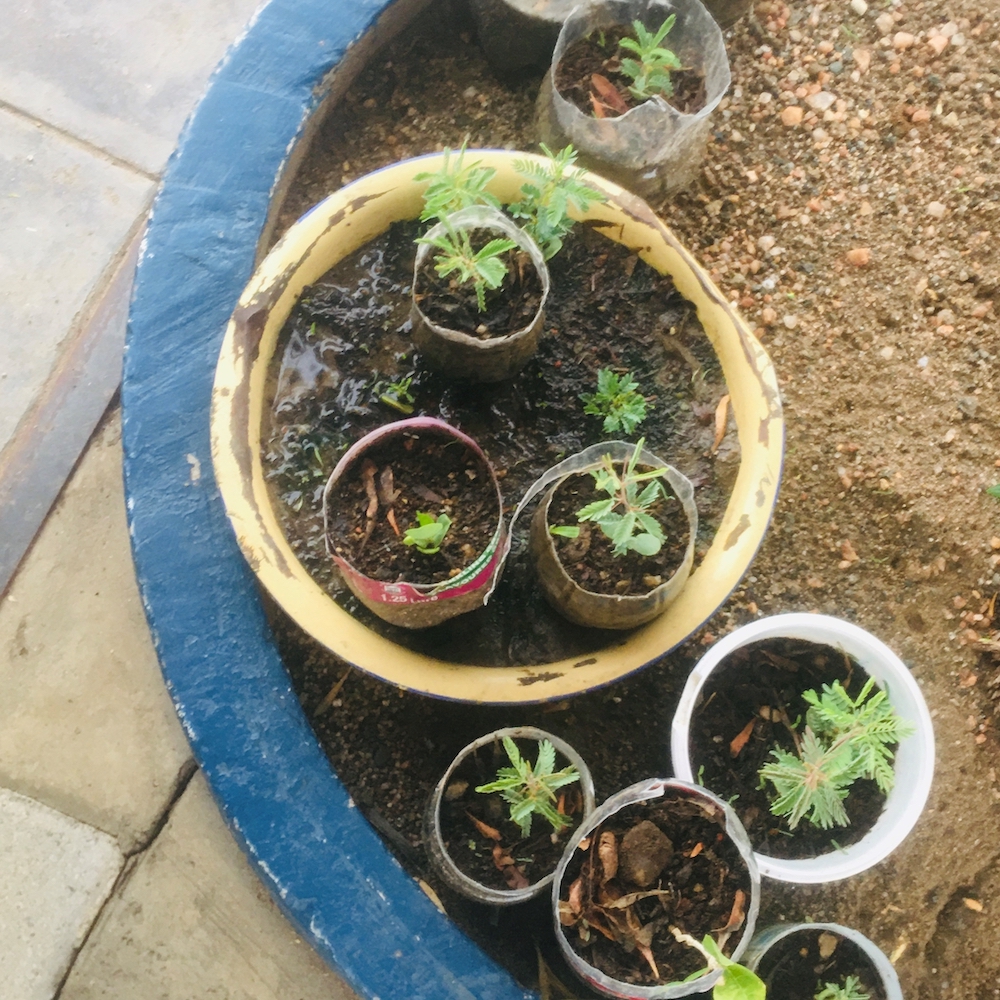
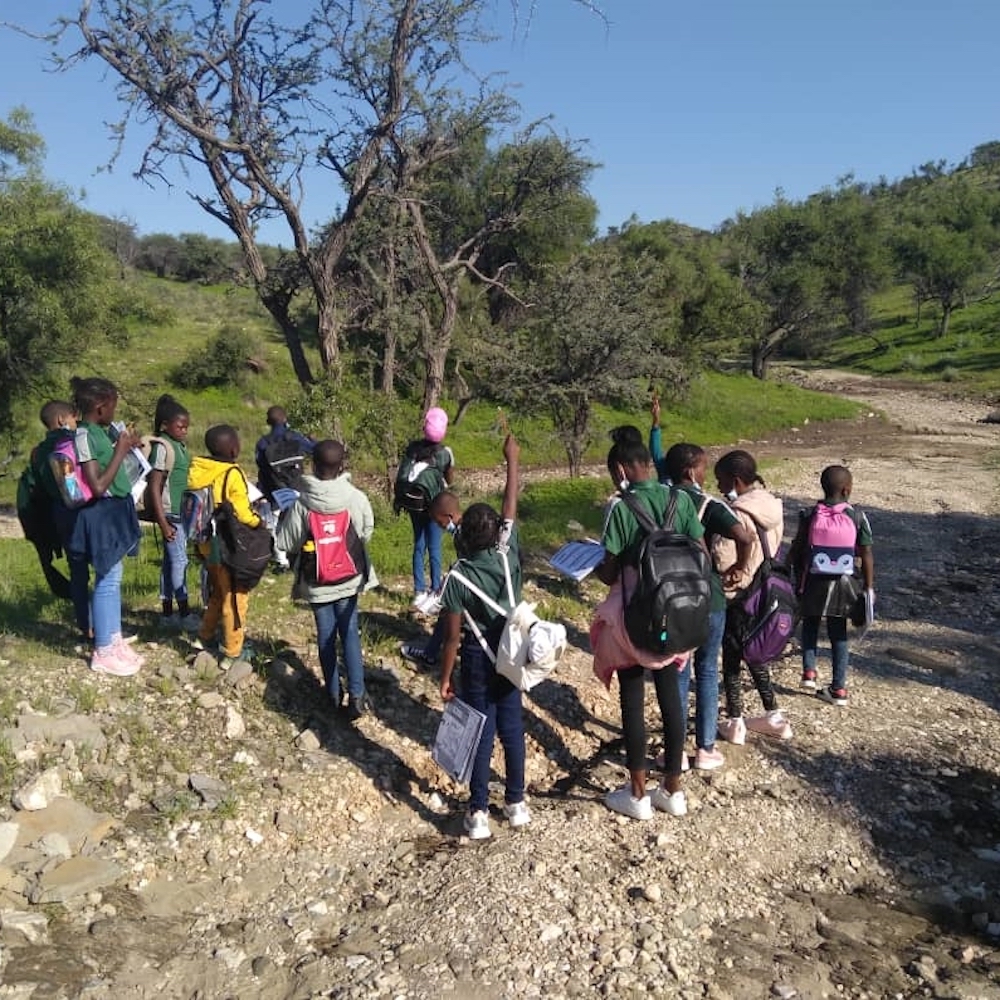
The 'Promote Learner Well-being' section of ESD Toolkit provides resources for activities on global citizenship, physical and mental health, and food gardening. Inspired by NaDEET's food garden, many participants were determined to address the issue of food security (and reducing food miles), so they started food gardens. This activity gets the learners outdoors, connected to their food, encourages the school to set up a composting system, and can provide nutritious vegetables to school feeding programmes.
Reducing resource use is vital to reduce pressure on natural resources (including biodiversity) and ultimately reduce greenhouse gas emissions. Teachers earn the 'Reduce Resource Use' badge is through activities that raise awareness among their learners about these issues, such as recycling or upcycling. Other activities include auditing resource use and adapting infrastructure to be more resource efficient, such as using fuel-efficient stoves, installing sky-lights, fixing leaking taps, or setting up a recycling system.
It is important not to just focus on environmental problems, but to instil a love and appreciation for nature – especially with younger learners. In 'Celebrating the Environment' educators are encouraged to celebrate environmental days and inspire a love for the environment by using the arts (poetry, drama, music, and painting.) One popular activity was a green
Valentine's Day, where learners express their love for the environment.
To combat biodiversity loss while exposing learners to nature, 'Bringing Biodiversity into the Schoolyard' activities include planting indigenous plants. Resources provided in the toolkit include how to propagate Southern African plant species from seed and create habitat for animals by making rock gardens, 'insect hotels,' or bird boxes.
One of the most important components of ESD is to create meaningful experiences in nature. Patricia Lutibezi from Cimbebasia Primary School earned her 'Teaching in the Great Outdoors' badge by taking her Grade 4 learners to the Daan Viljoen Game Reserve and participating in the Khomas Environmental Education Programme (KEEP) through the Giraffe Conservation Foundation (GCF.)
By implementing a range of ESD activities, Teach for ESD teachers are sending the message to their learners, schools, and communities that: Nature is important - we need to appreciate it and protect it. We can do that by reducing our impact and saving resources, and by restoring biodiversity or planting trees to create carbon sinks. When we take care of nature, it takes care of us!
If you enjoyed this page, then you might also like:
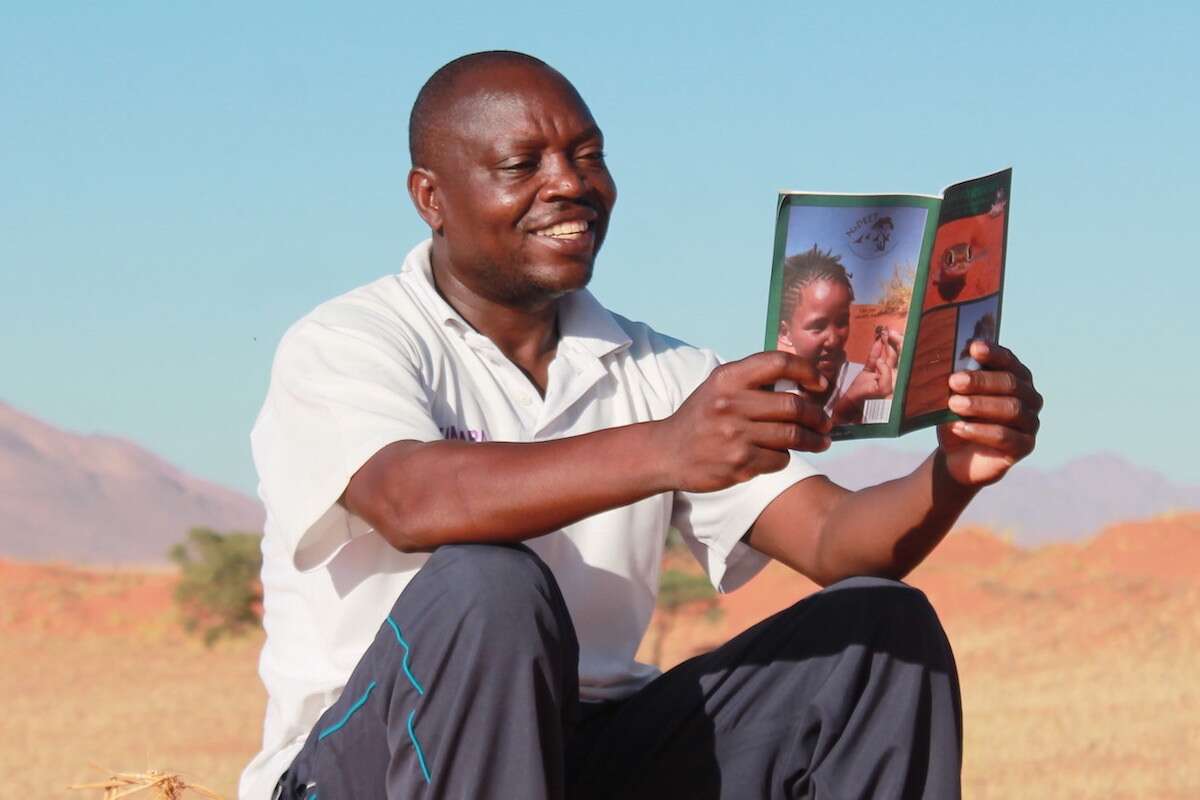


For articles on similar topics, please click one of the following options:

We use cookies to monitor site usage and to help improve it. See our Privacy Policy for details. By continuing to use the site, you acknowledge acceptance of our policy.